I had my first WWOOF (WorldWide Opportunities on Organic Farms) experience in late September, and I found it life-changing. I picked Fujino, in Kanagawa, Japan, because of its transition town status, and because I missed Japan dearly. Almost everyday, I watch the NHK World channel, which occasionally features urban farming and/or slow living television programmes. There’s lots to say about this place, so this post kicks off the first of a three-part series on Fujino, Kanagawa.
Fujino is located one hour by train from Tokyo, and it costs around S$17 to commute between these two points by train, and another S$3 by bus to get to Fujino Club, where I chose to WWOOF. Fujino is the first transition town in Japan, and residents are keen to be self sufficient in its energy use, and already have their own unique currency system known as Yorozu – a passbook which logs the exchange of products or services. This town has long attracted creative folks, and is home to many artists.
Fujino Club’s most notable eco features include its EV (electric vehicle) charging station, solar panels and natural farming methods. However, what I found most memorable was the warmth and connection that I felt in the company of its staff, including its owner, Mr Kuwahara, and his wife, Sachiko. I was so sad to leave that I cried on a few occasions.
During my time there, I worked in the Korean kitchen and at the farms, and a couple of times, I helped out with laundry and cleaning the Airbnb residences. All the work I did felt meaningful and I felt fulfilled at the end of the day, especially when staff members express their sincere gratitude. My work experience there taught me valuable lessons about team dynamics, work ethic, and about identity in a community. I realised that it doesn’t matter what type of work one does – e.g. cooking/cleaning, or one’s title. As long as work needs to be done, anyone can step up to fulfil the task, and having an ego about it is not necessary, because all the work that needs to be done is important.
Also, I ended most of my days at the Yamanami onsen (hot springs) down the road, the perfect way to wind down and recharge before dinner time. Fujino Club gives its WWOOFers two onsen tickets a week – a much appreciated bonus!
The restaurant is cosy, and features beautiful calligraphy by Sachiko, and art work by local painters, potters and sculptors.
The restaurant offers such lovely views, everyday I got to marvel at this.
There is also a tennis court on the premises for those who enjoy sports.
Fujino Club’s Farms
Fujino Club has the largest amount of productive farm land in Fujino. They have a few farms, including a relatively large tea plantation, where I spent some time weeding. The most common weeds here included wild soybean and bamboo, also I spotted the odd wandering jew – all of these are invasive creeping plants. At one point, Fujino Club farmer, Mr Miyamoto, pulled out a Kozo plant and showed it to the other WWOOFer, Shermaine, and myself. Kozo belongs to the Mulberry family, and its bark is used in making paper.
Have a look at the gorgeous Higanbana, or spider lily, growing on the edge of the tea plantation. It’s believed that it was originally brought into Japan from China as a food source, and planted between rows of rice fields in case rice harvests do not fare well, and it can be consumed instead. Also, it is said that because the bulbs are poisonous, it deters moles from damaging crops.
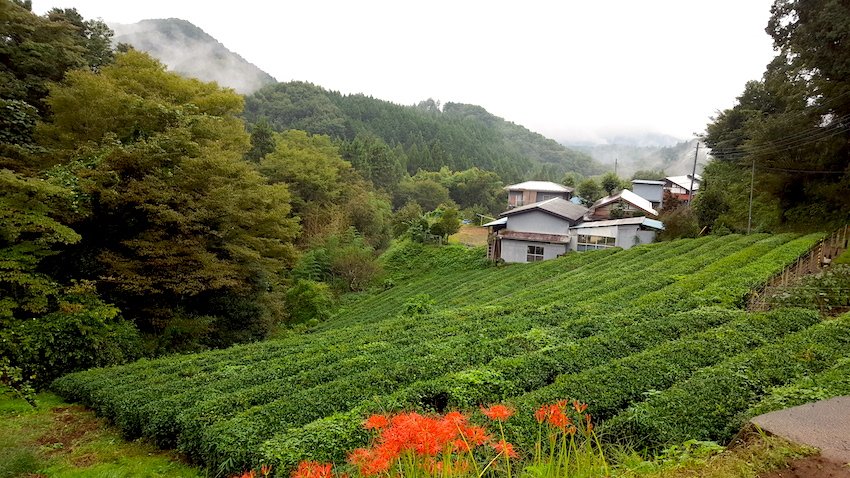
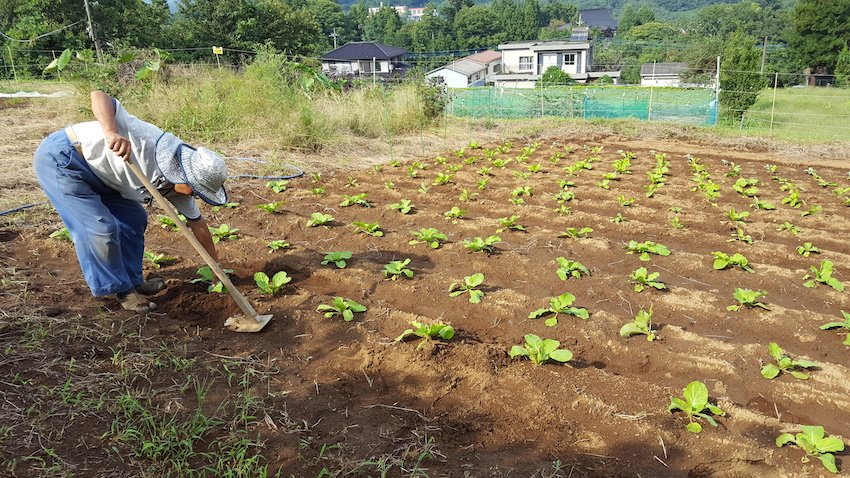
Lastly, here is the farm located on the restaurant premises. I did some epic weeding and found a lady beetle, a sign of a healthy ecosystem.
Farm Work
Other than weeding, we spent a bit of time in the greenhouse transplanting seedlings – either for sale or for the farm, and harvesting vegetables for the supermarket. The harvested vegetables then have to be washed, weighed, bagged and price labelled before delivery to the supermarket.
Here’s Mr Miyamoto, focused on planting teeny tiny onion seeds.
Kitchen work
While working in the kitchen, I occasionally had the administrative task of preparing order chits, but otherwise, I wiped tables, washed dishes, and sometimes removed the stomachs of small, dried anchovies. On days where I did work here, I would be treated to a sumptuous lunch. This is something I look forward to because the food here is so tasty, and it’s always nice to have someone cook for you. Kozue Shimada, who heads the kitchen, and manages WWOOFers, is such a pleasant to be with. Her and the kitchen ladies work very hard to make delicious food! I realise that I do not have any photos of her to share from this trip 🙁
A recent magazine feature, showcasing the restaurant’s breathtaking views.
Morning Marche
Twice a month, Fujino Club hosts a farmer’s market, known as Morning Marche. Local farmers bring their produce and visitors buy or trade, through cash or Yorozu, the passbook system which I mentioned above. There is an indoor and outdoor area for setting up stalls. Mr Kuwahara can be seen here in his yukata browsing vegetables.
Here is some produce from Fujino Club – seedlings, tea, and vegetables. Mr Miyamoto tends to this stall.
Other than vegetables, one can buy bread, coffee, herbal tea and remedies, as well as get a healing massage at this farmer’s market.
Everyone in attendance celebrating this gentleman’s birthday. There is a real community vibe here.
Other highlights
Ultimately it was the interactions that made it a rich experience for me. The slower pace of life meant that I had time to discover each person’s unique character and preferences. Most of my time was spent with Mr Miyamoto, who went out of his way to make sure that I was well taken of, and helped cook many of my meals, even though it was my responsibility to feed myself. Everyone had each WWOOFer’s interests at heart, so my experience here was very comfortable.
Each week, Mr Miyamoto would take us to a social enterprise-run cafe, which offered work opportunities and support to people with disabilities. I found the food tasty, and there was the additional benefit of running into familiar faces there each time. On one occasion, he took Shermaine and I out for dinner on his own accord. I was overwhelmed by his kind gesture. He also took us to Permaculture Center Japan (PCCJ) when he realised that I was interested in permaculture, I will be writing about my experience at their demonstration site soon.
Someone whom I’ve not mentioned yet is Mr Sudo, head of staff at Fujino Club. He’s a friendly guy who brings the sunshine with him. He’s also in charge of the chickens, and during my time there, I saw him caring for incubated chicks.
Here he is putting together a larger enclosure for the hatched chicks.
Other highlights include seeing Mount Fuji from a distance. What a sight to behold. Another delightful experience was seeing three free ranging goats.
And of course, the unforgettable Yamanami onsen, my favourite pit stop of the day. The vegetable seedlings near the entrance were grown by Mr Miyamoto.
I had the best time at Fujino Club, and found it a moving experience. I would highly recommend visiting and WWOOFing here. Once you get to Fujino train station, buses 11 and 12 will drop you right in front of Fujino Club – only 11 stops, at a cost of around ¥230. Tell the bus driver that you are going to Fujino Club, and if he seems unsure, mention the tennis court before Yamanami Onsen. If you would like to WWOOF here, join the WOOF Japan network and look for Sagamihara-shi, Kanagawa, in the Kanto region. You can message them there.
If you are thinking of popping by for a meal, they only serve lunch and beverages from Sunday to Thursday, and are open from 11am – 5pm (last order at 4pm), and on Friday and Saturday, they are open for longer, from 11am – 7pm (last order at 6pm). I hope you enjoy your time at Fujino Club! I have already made plans for my return.
In my next post, I will share photos from my visit to PCCJ, look out for it!

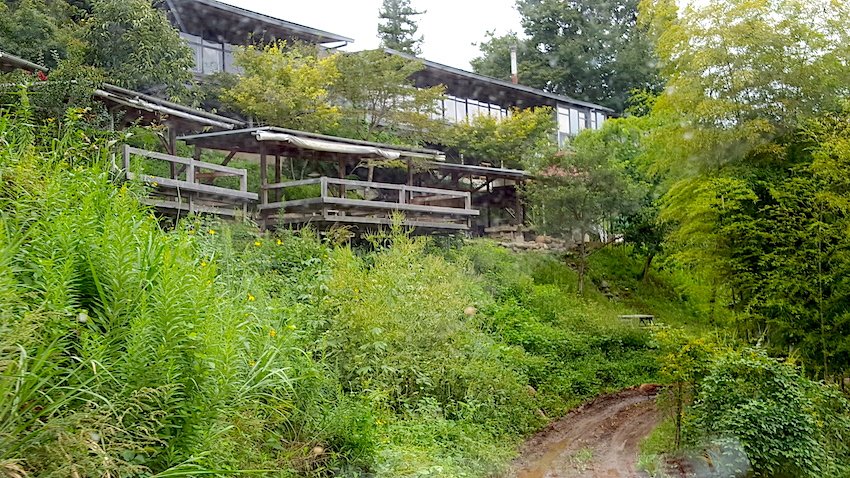
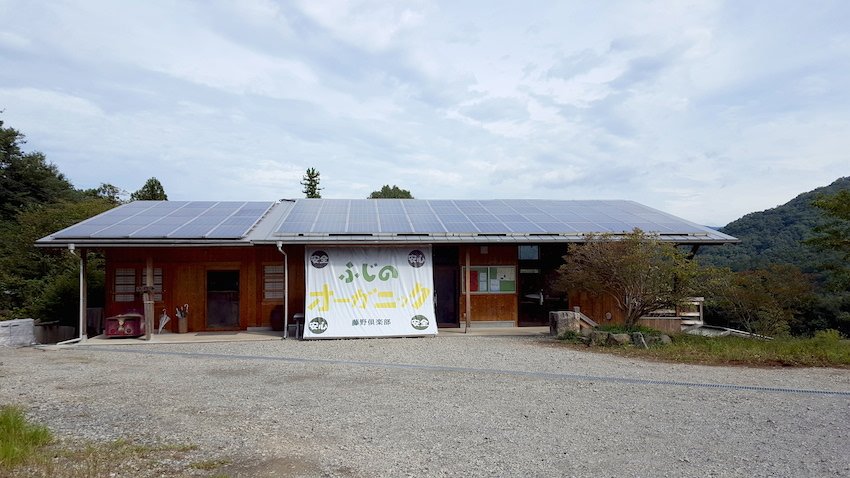
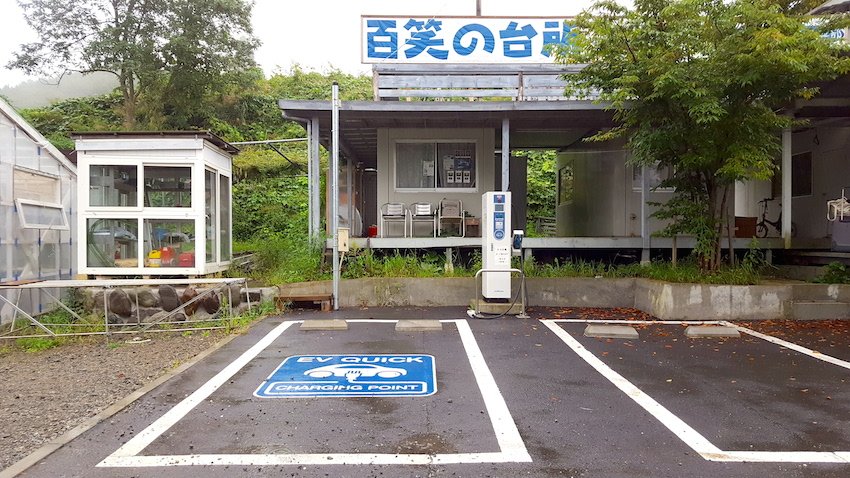
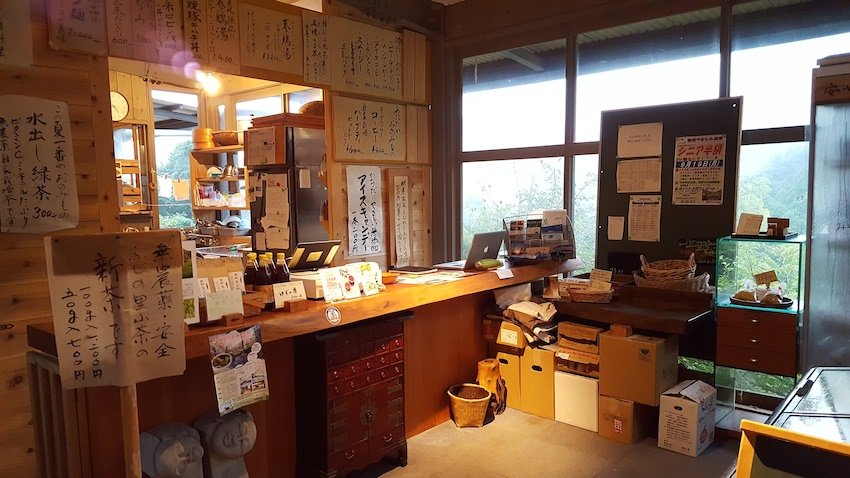
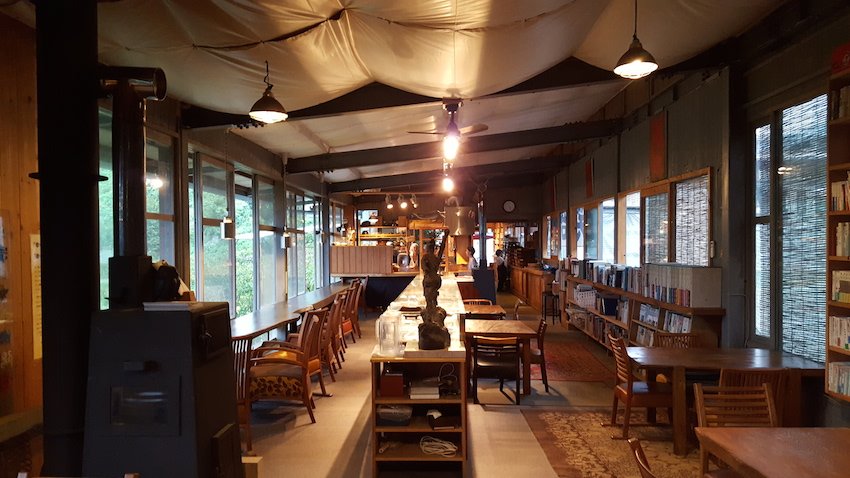
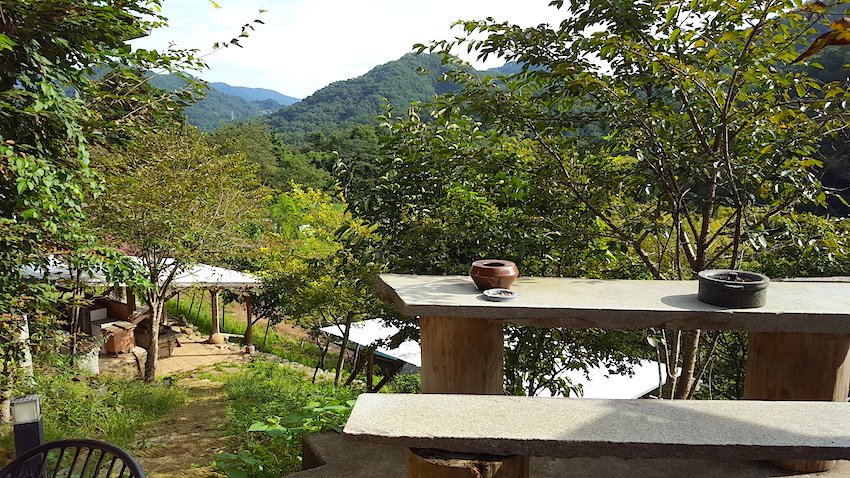
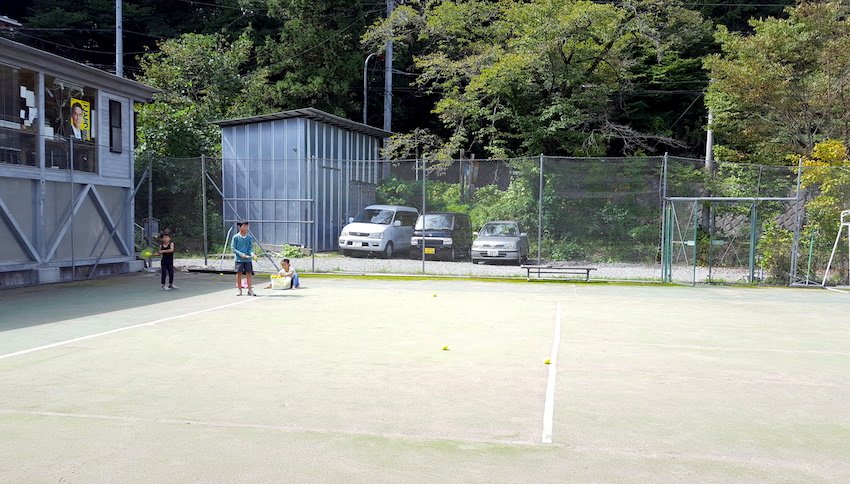
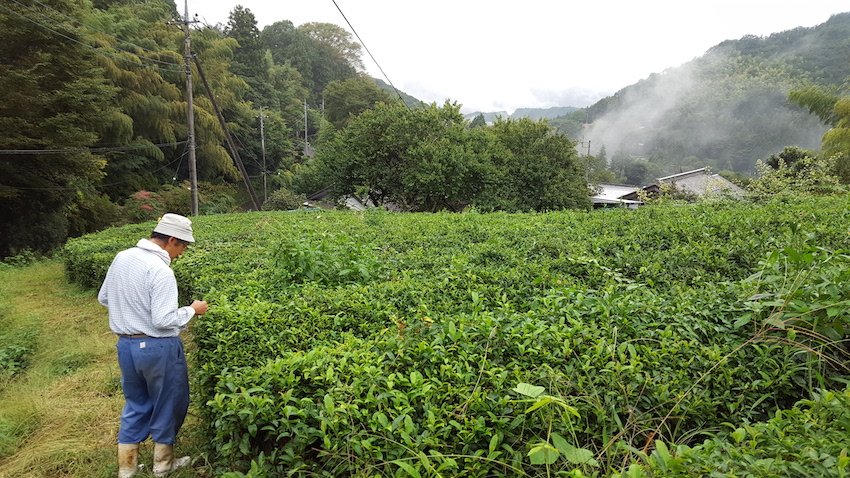
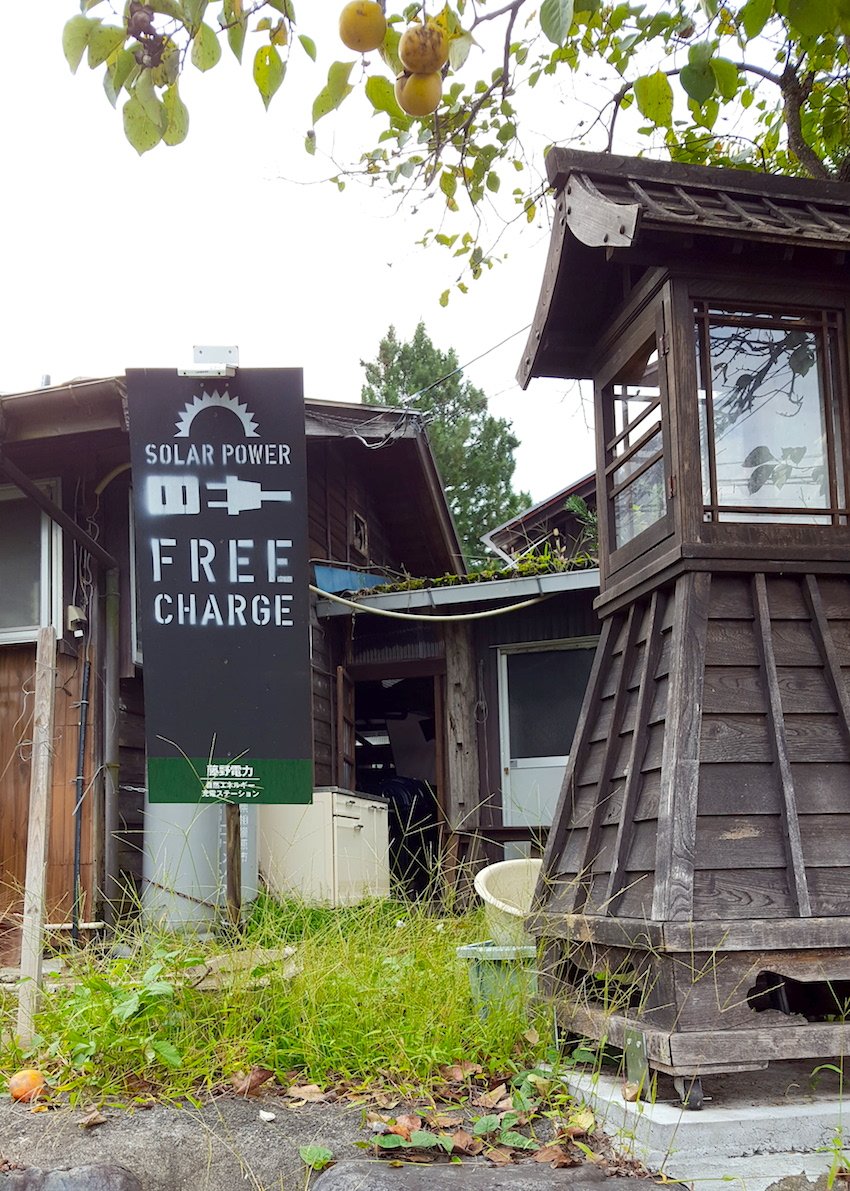
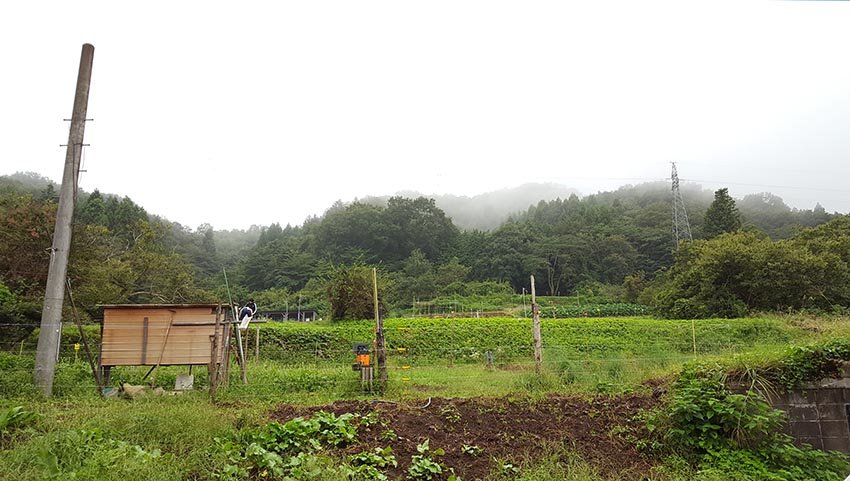
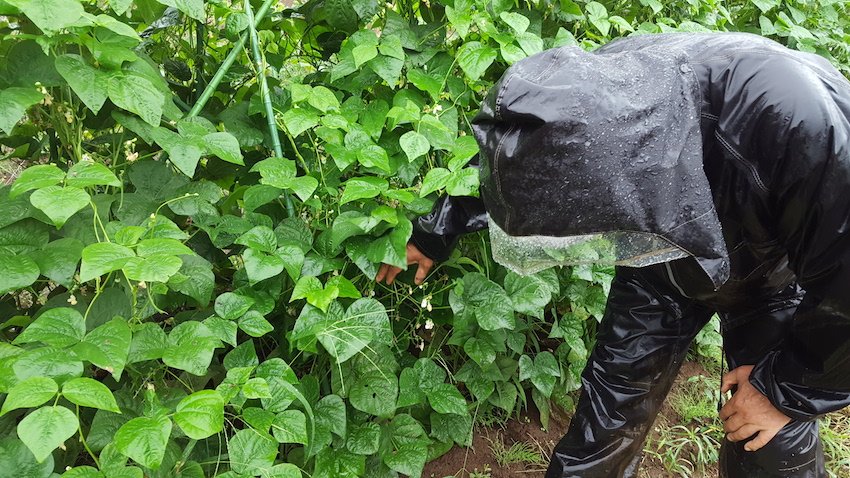
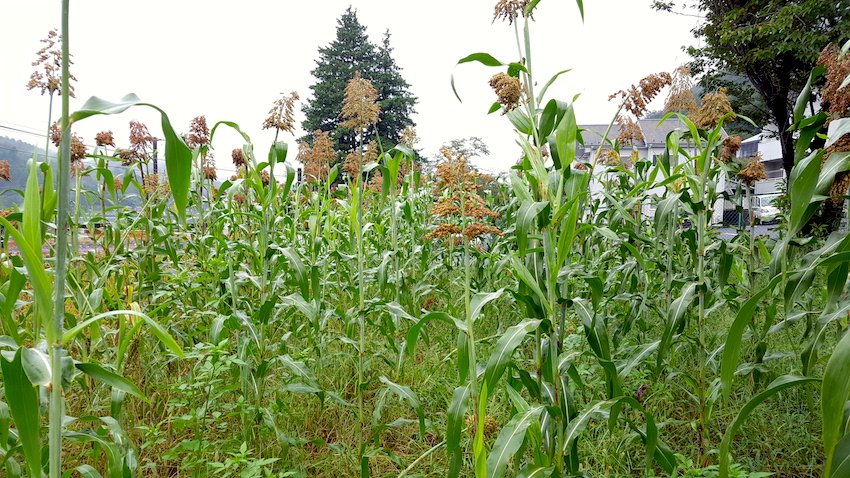
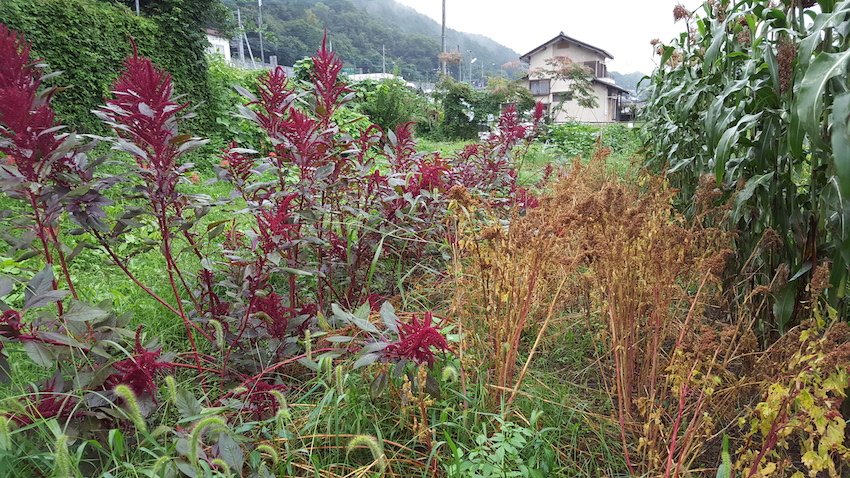
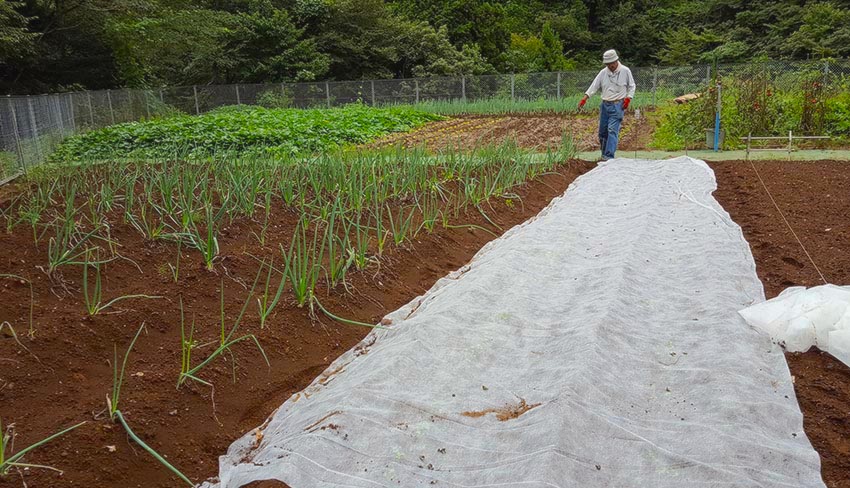
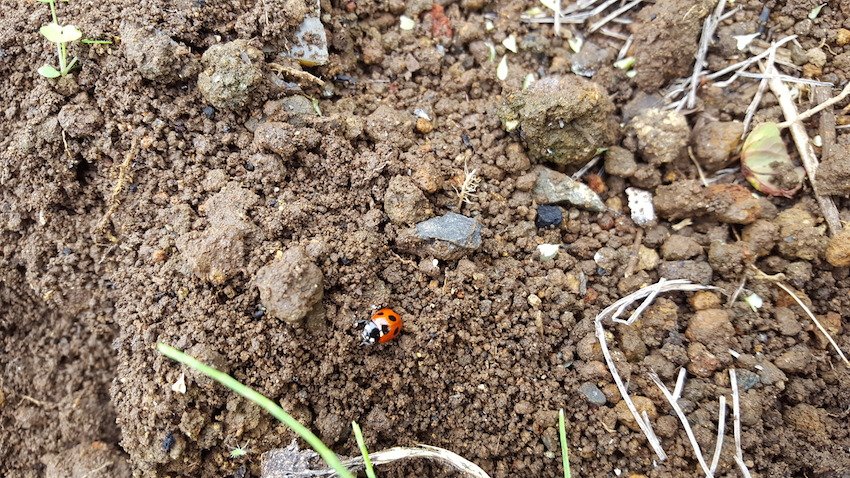
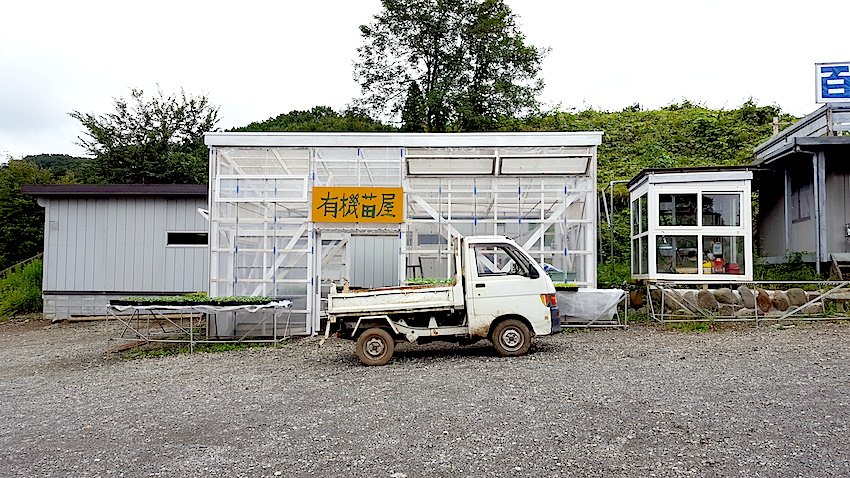
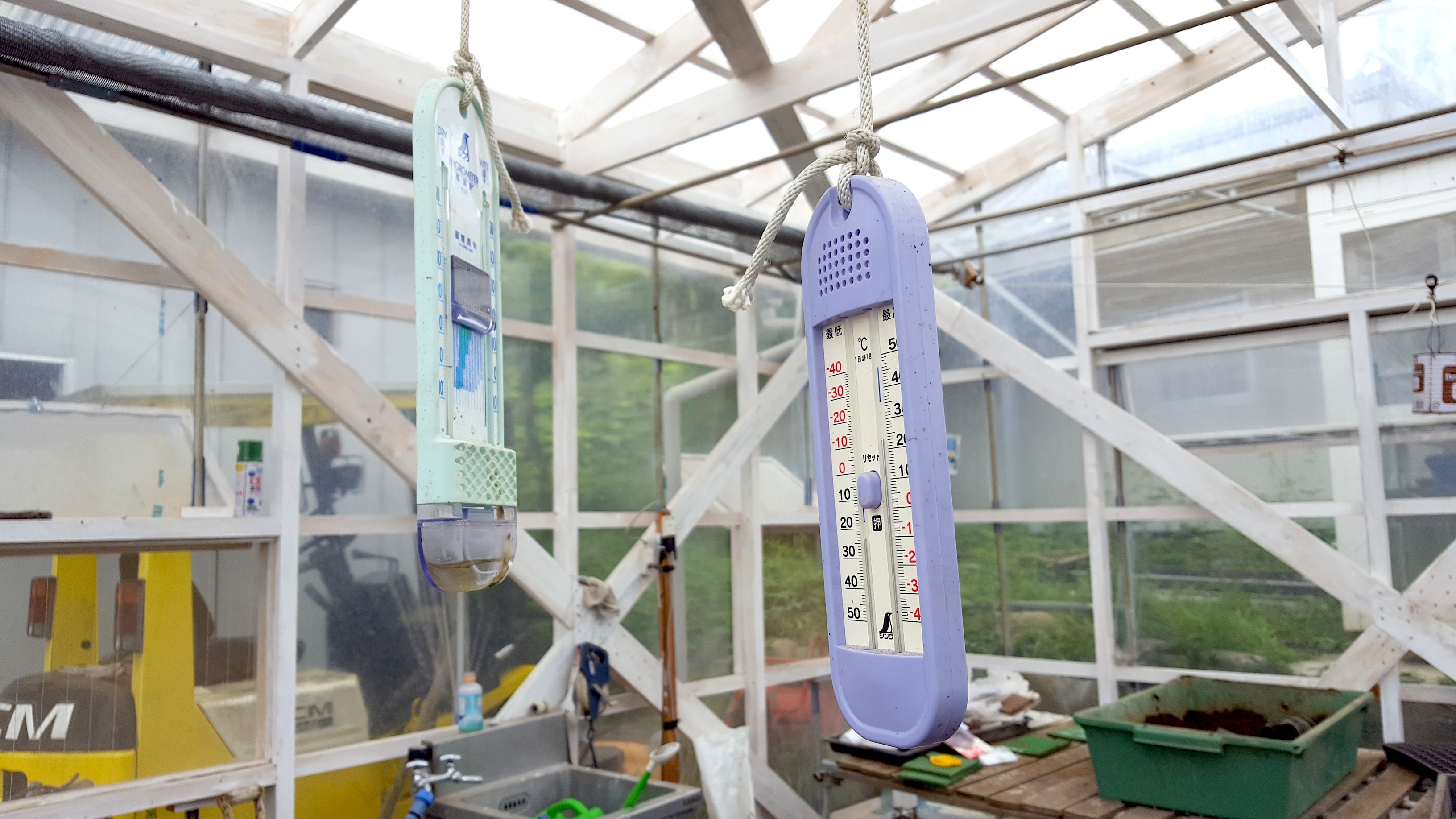
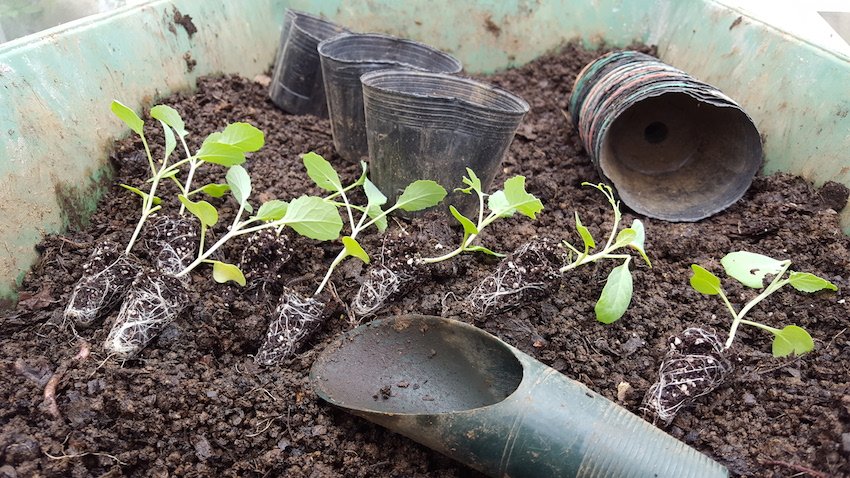
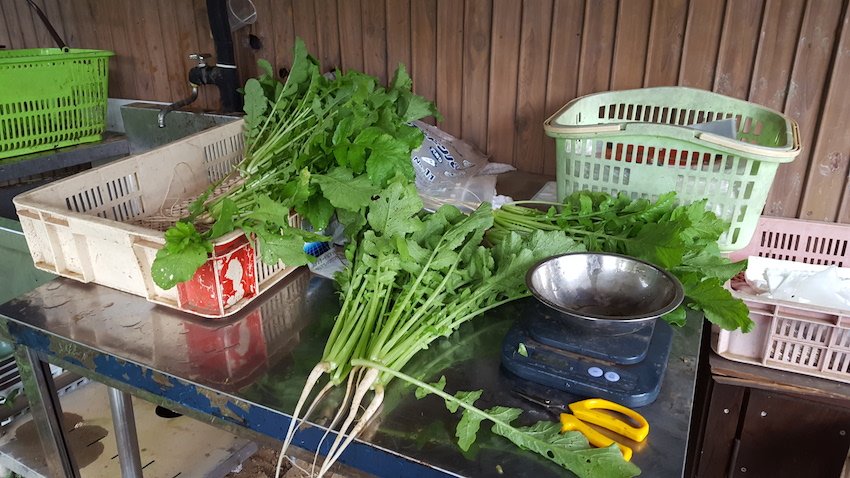
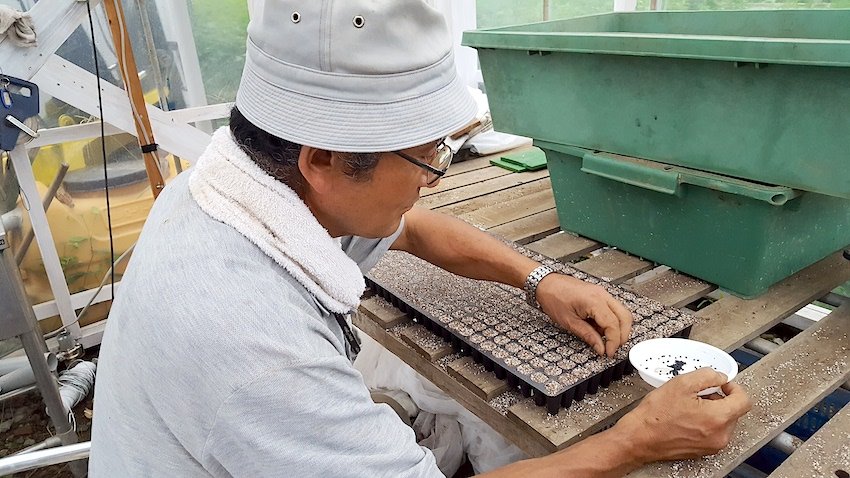
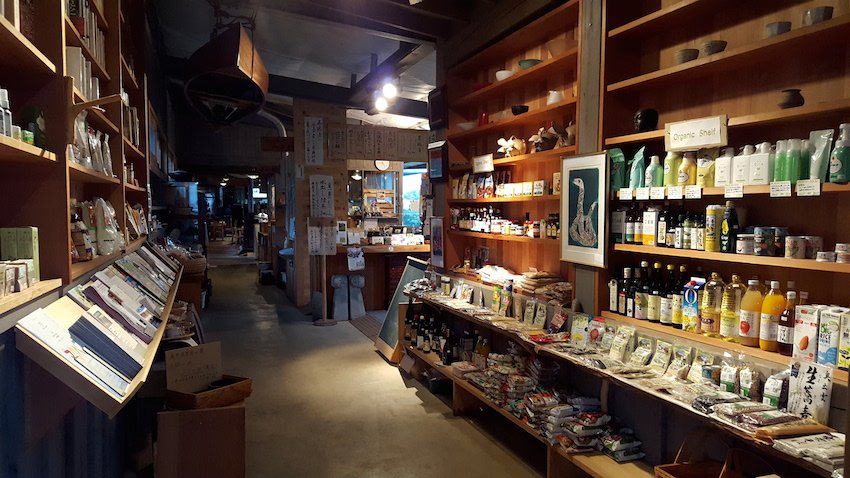
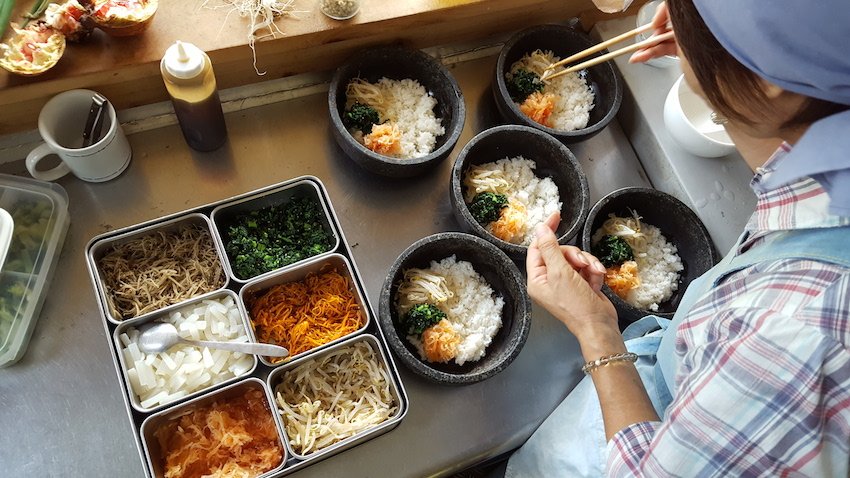
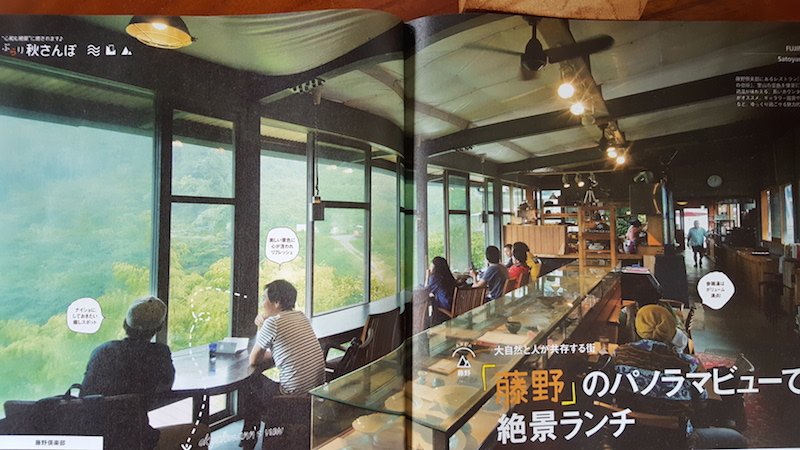
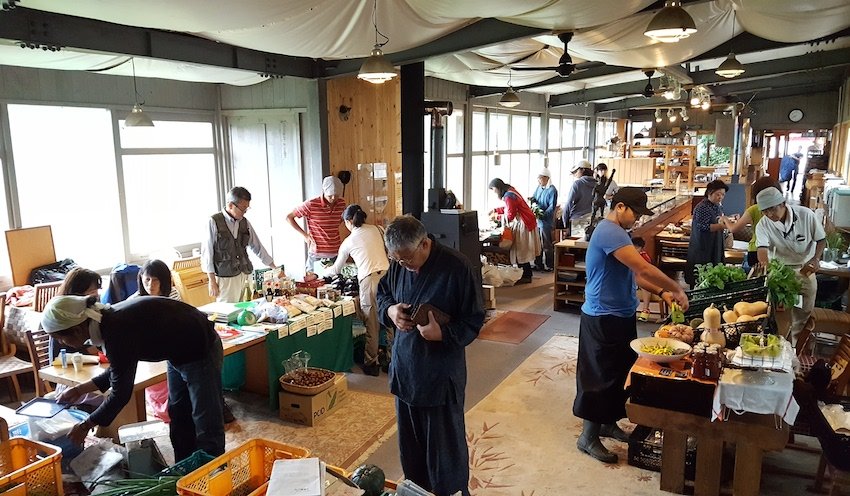
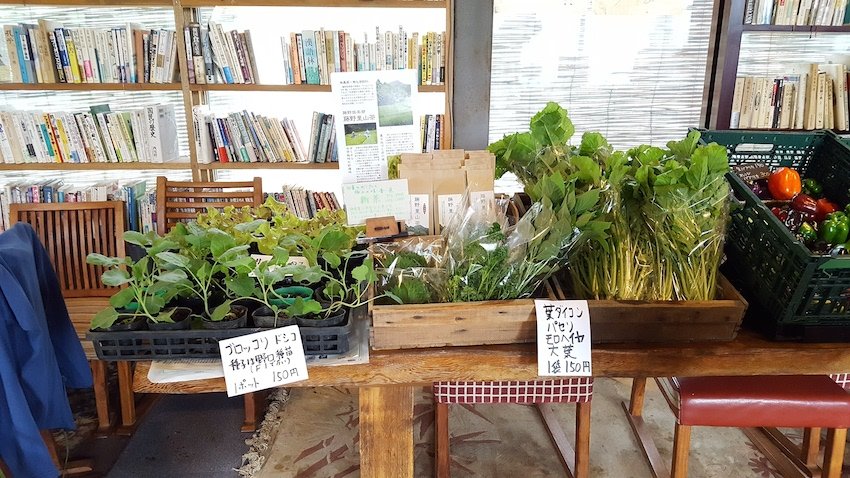
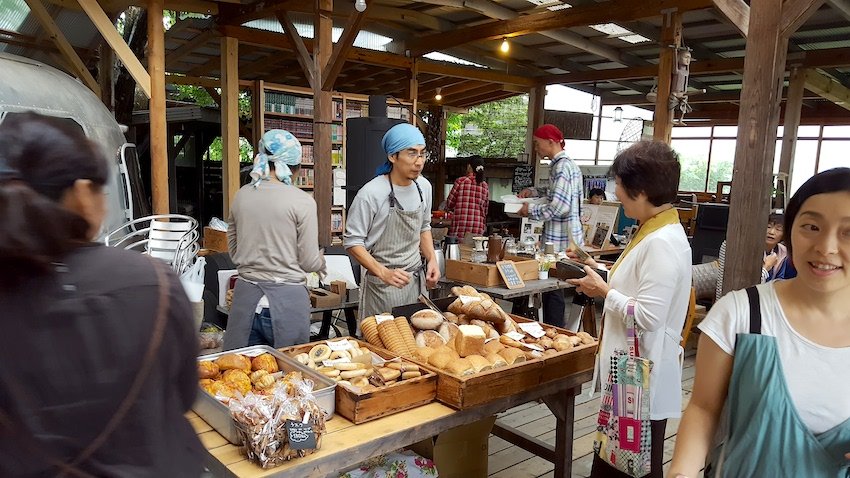
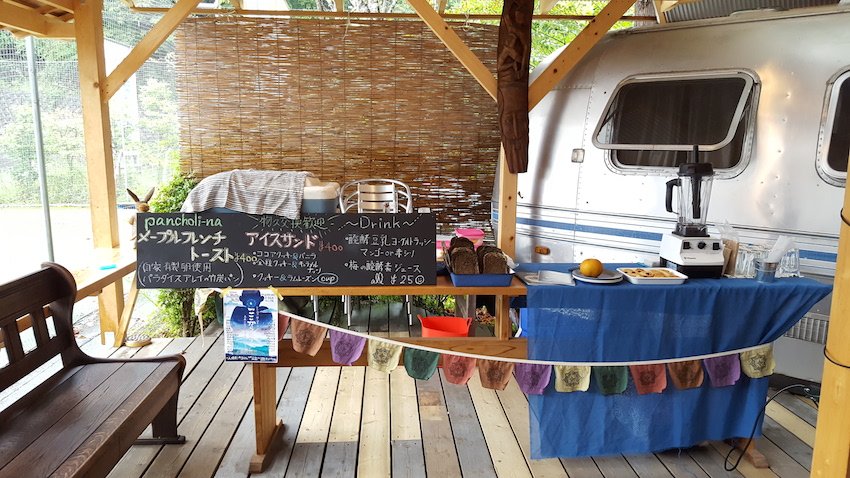
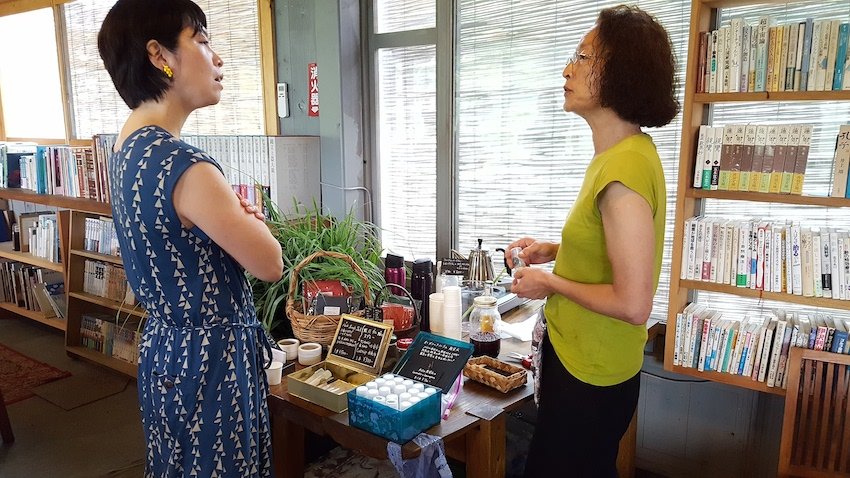
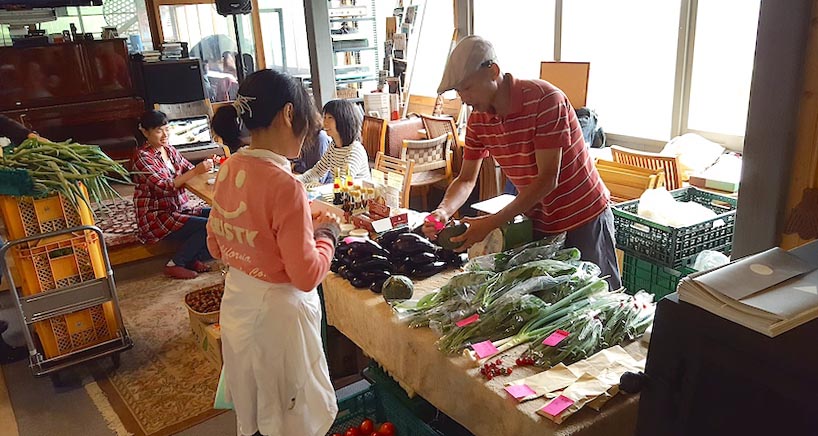
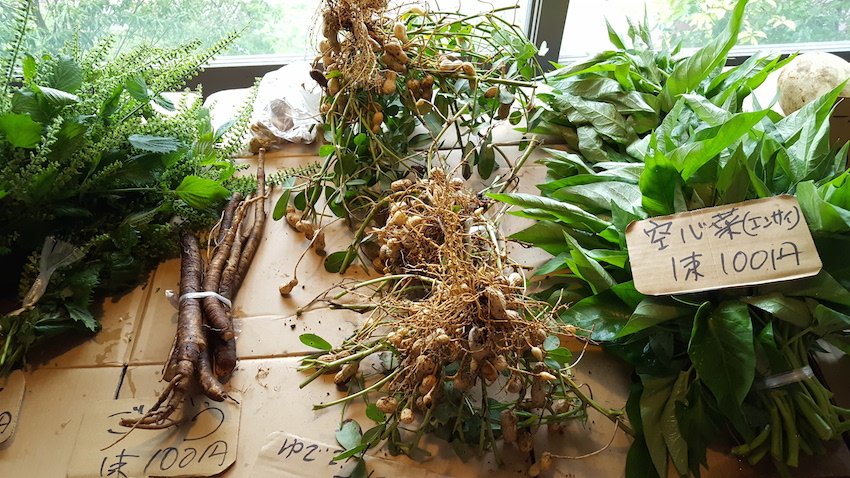
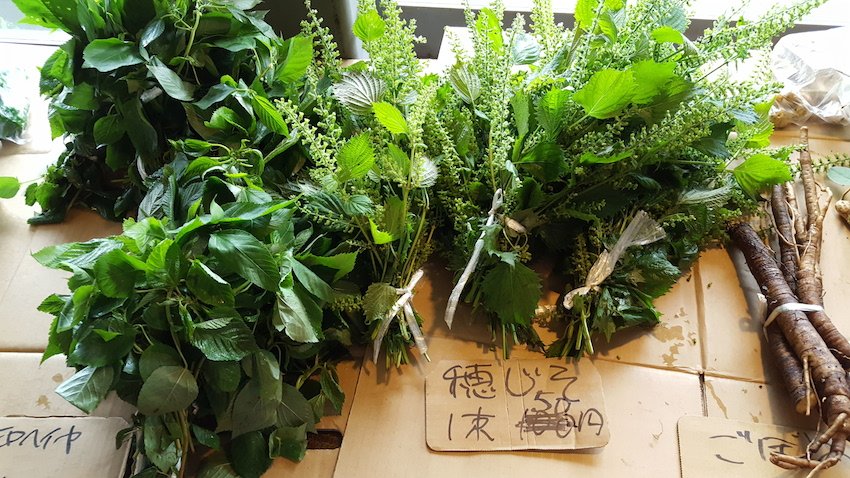
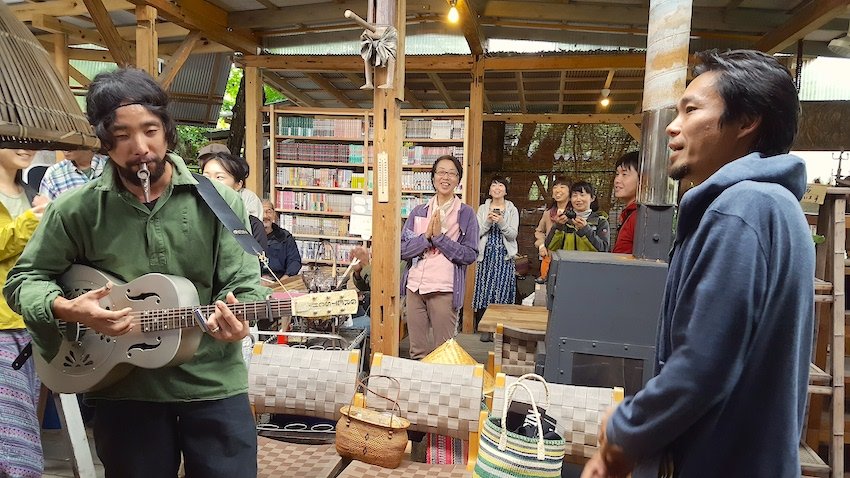
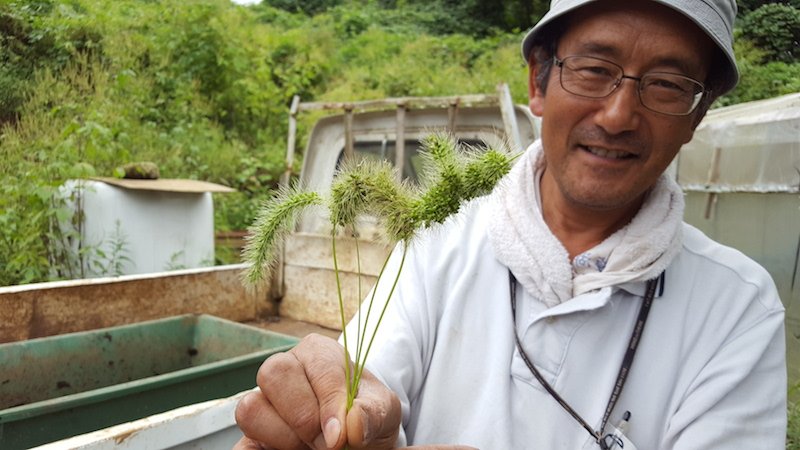
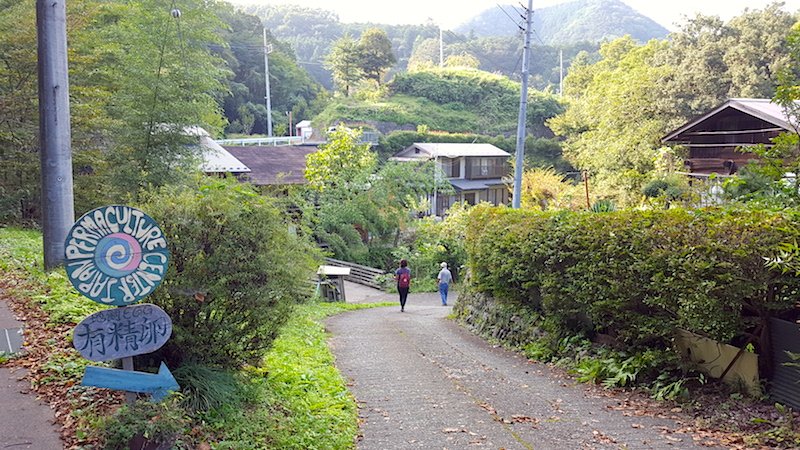

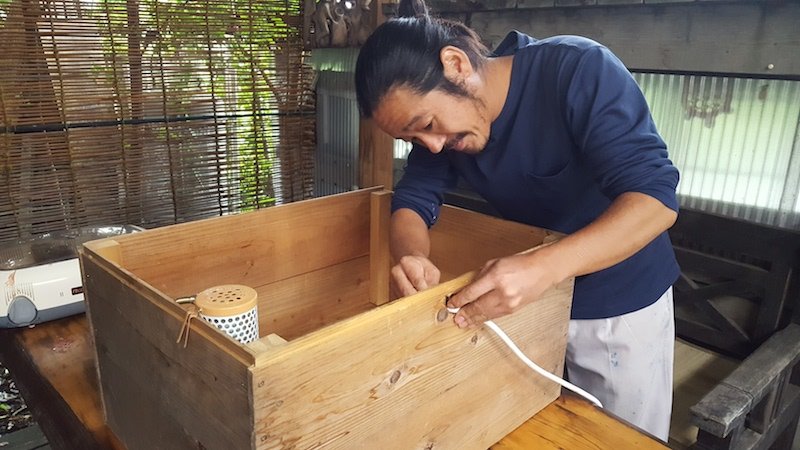
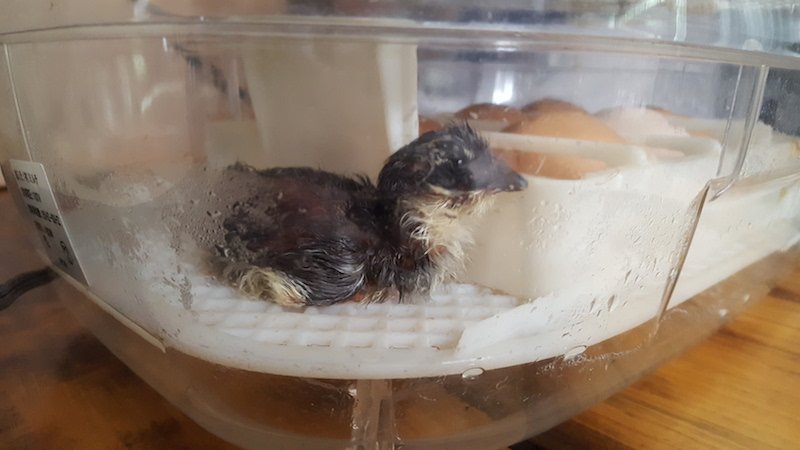
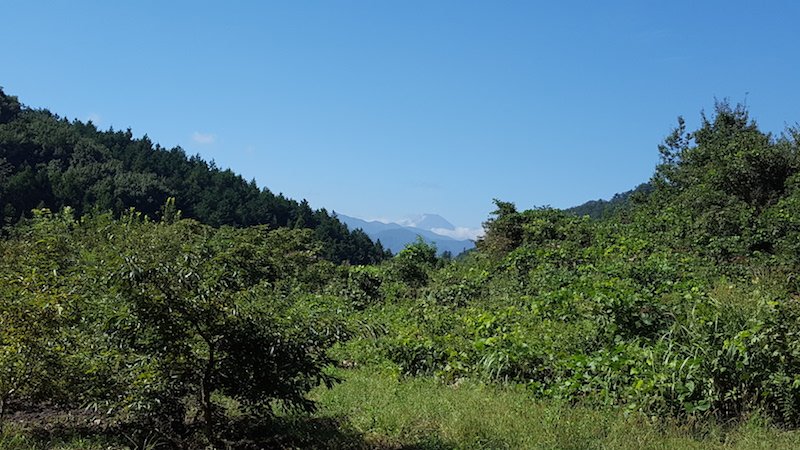
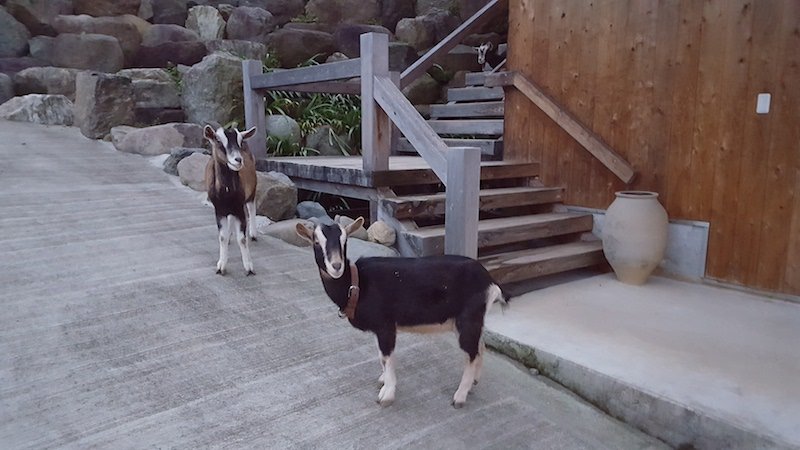

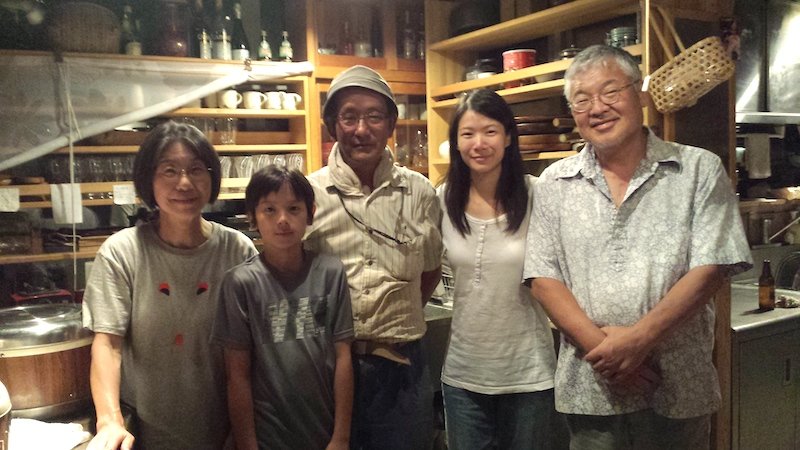
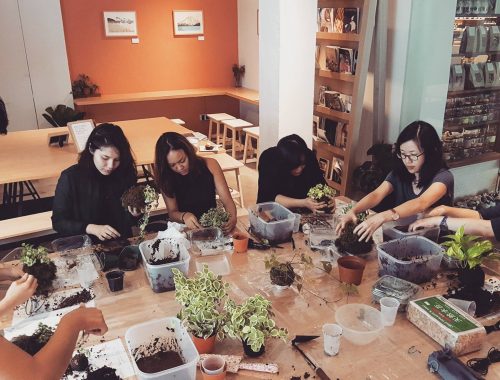
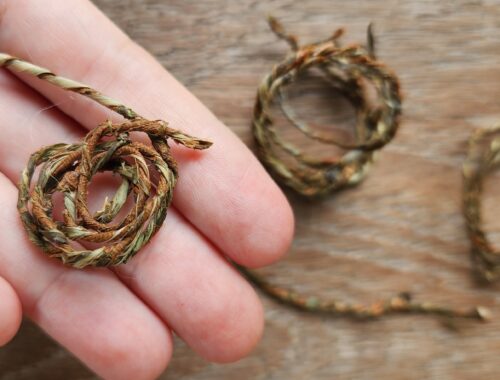
2 Comments
Great post Olivia. I followed your adventures on Instagram too. Did you need to have a good level of Japanese? The place and experience seem wonderful, would love to do it sometime. I’ve wwoofed in Australia a little and loved it but this place seems one of a kind. Great photos too. Thank you for sharing such a glorious experience.
Thanks Carmel! No, I don’t know much Japanese – only the basics, like hello, good evening, yes, thank you, and some food names. Google Translate was a life saver, it helped me converse in depth with the farmer, during our meals together he would speak to me using his laptop and I would use my mobile phone. Some of the other people there are rather fluent in English. I’m going to publish a post on places to WWOOF in Fujino soon (next week), there are 4 places, and you might want to do them all. They are quite different from each other. Thanks for popping by to read this post!